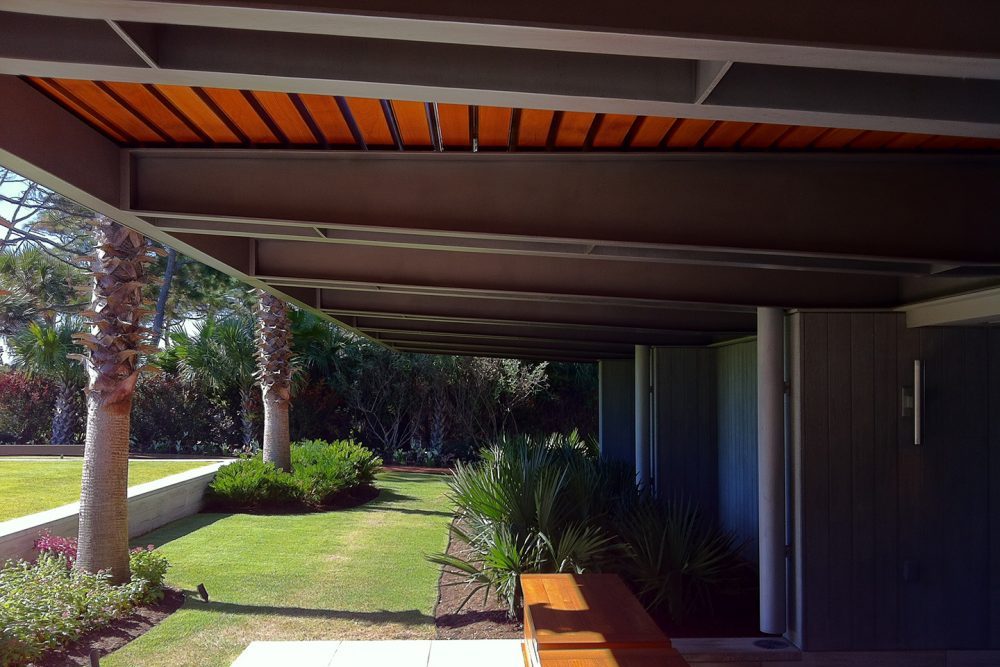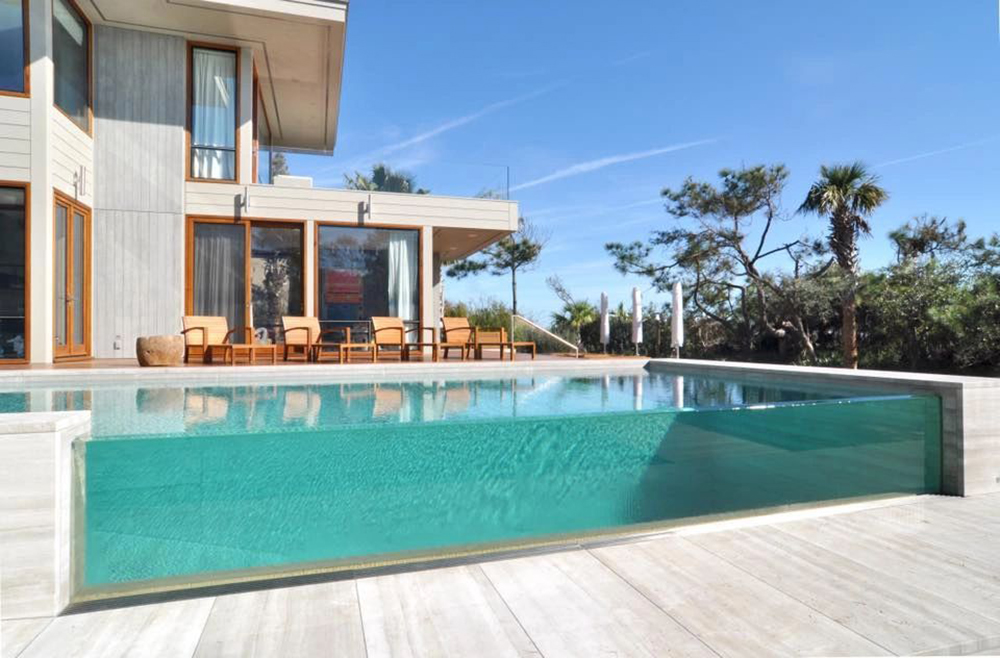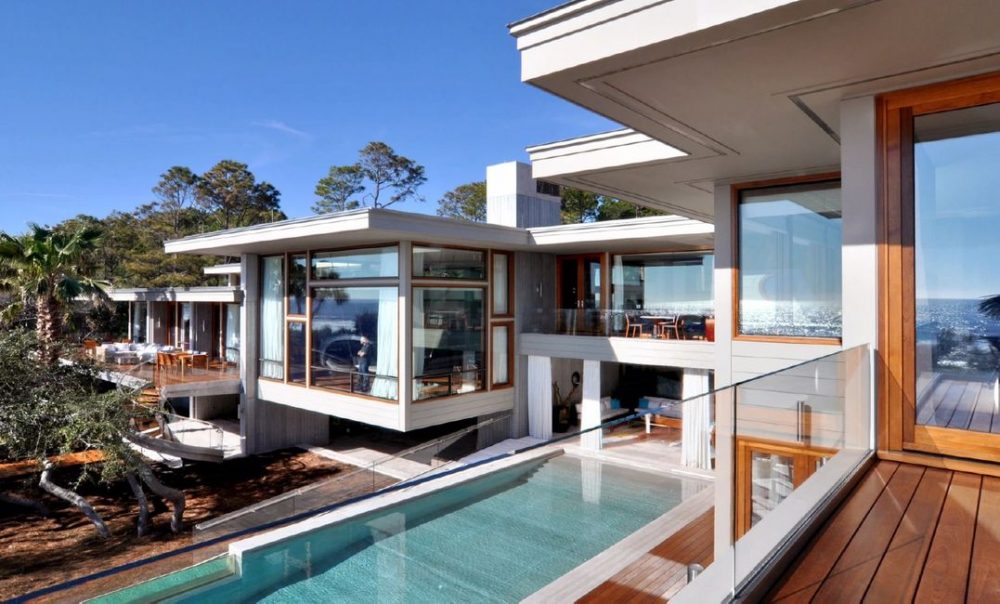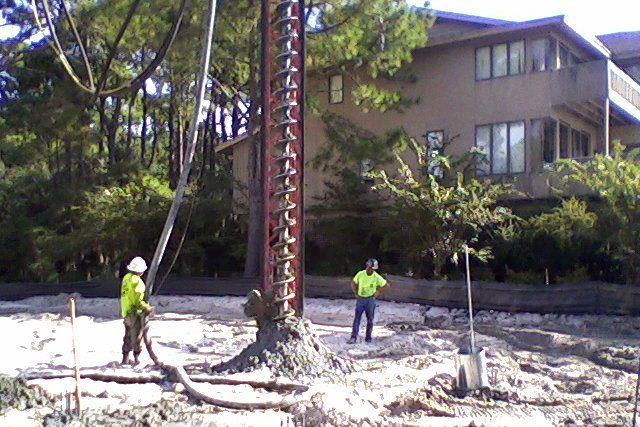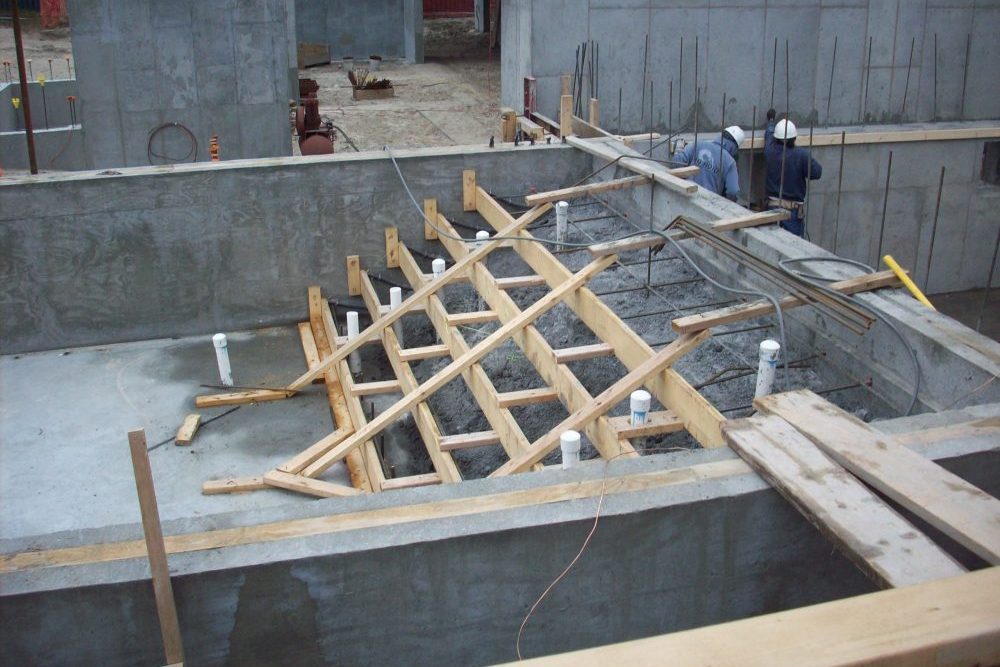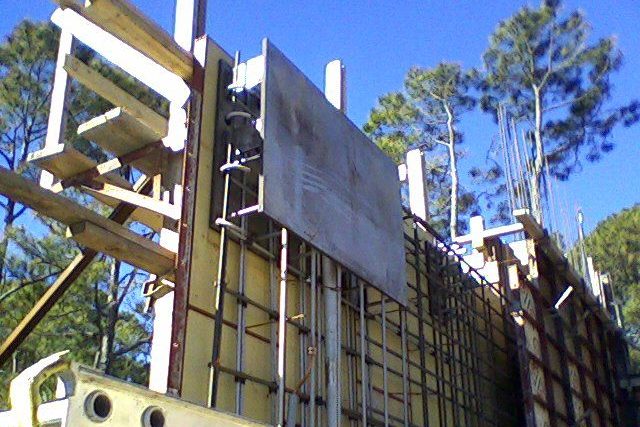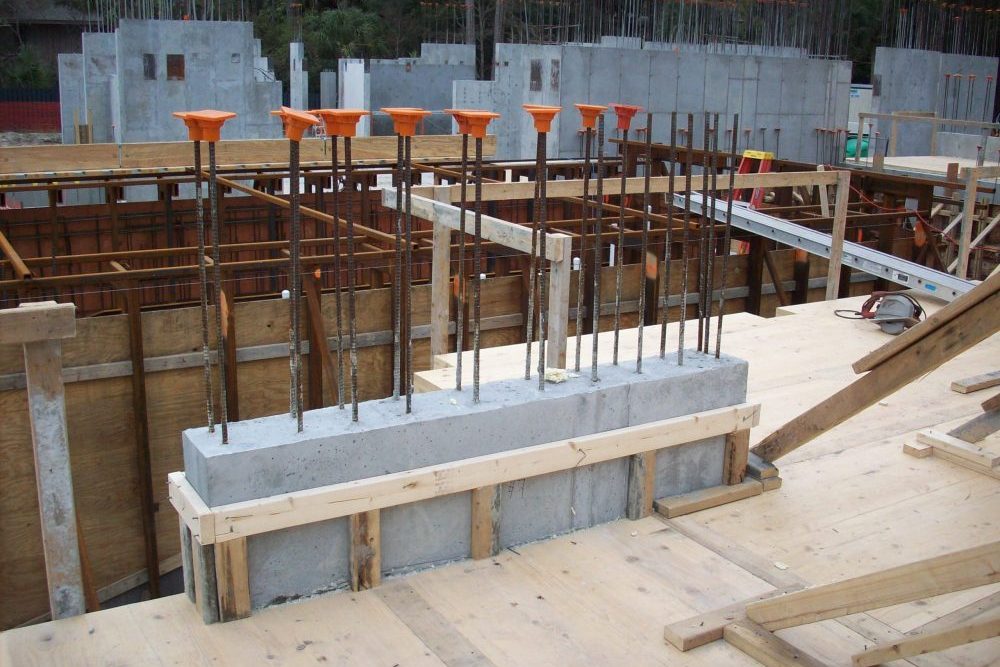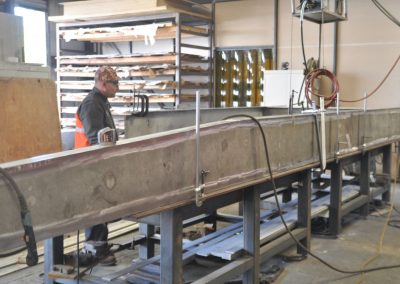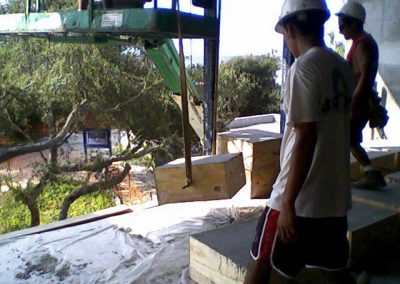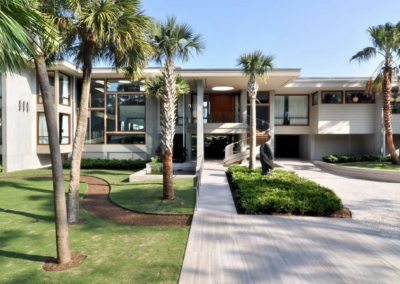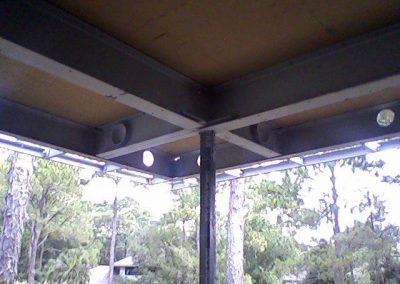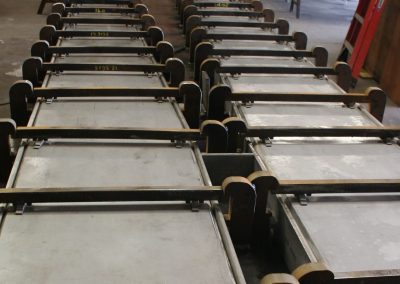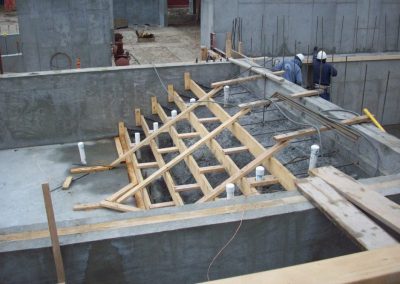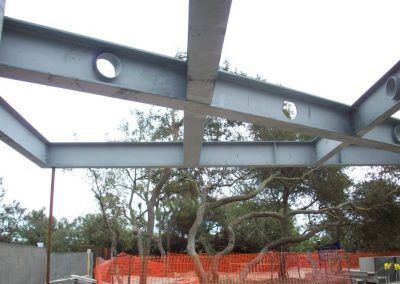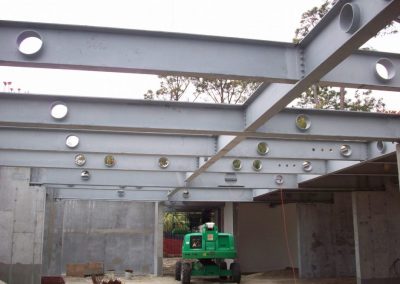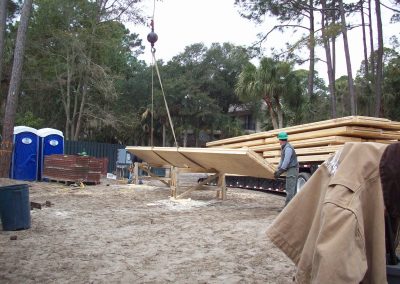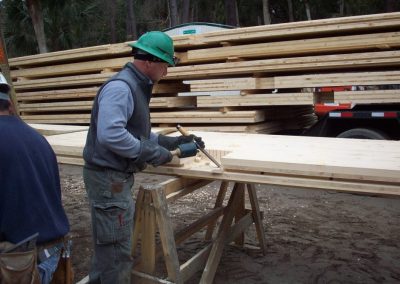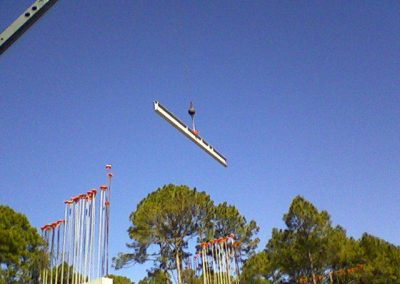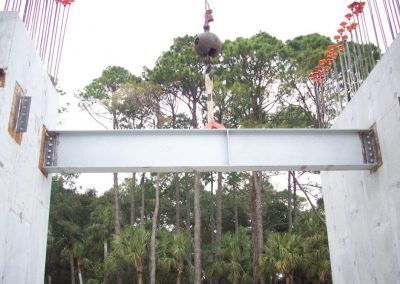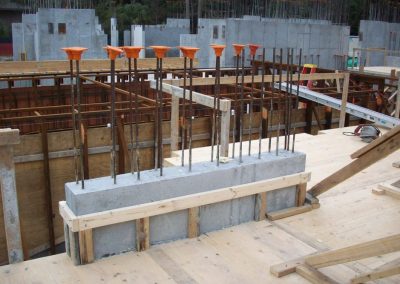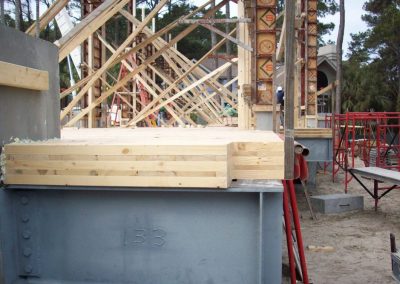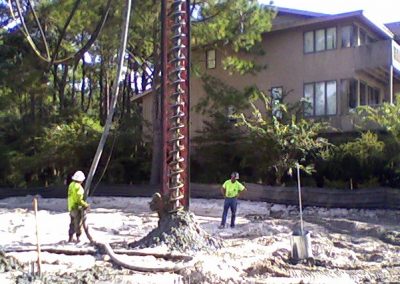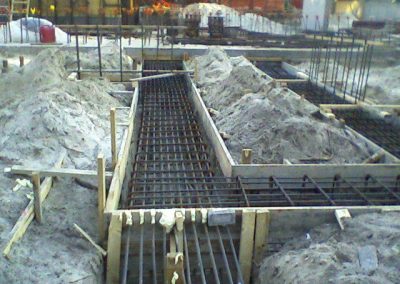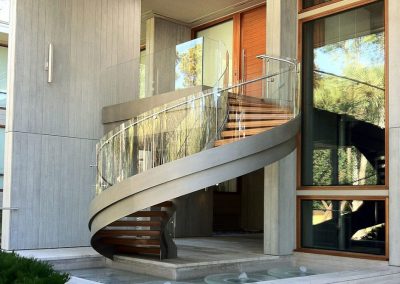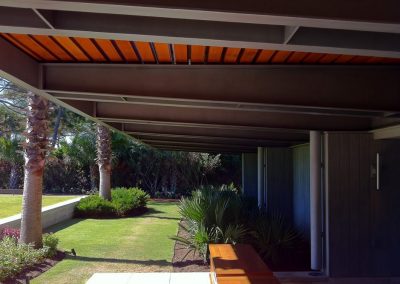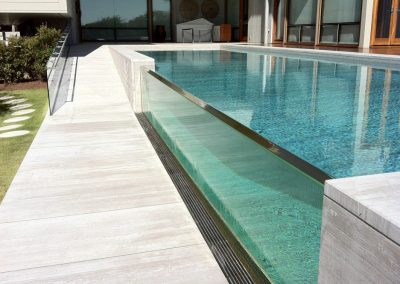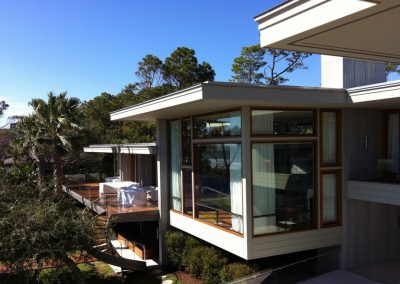Hilton Head Beach House
Ocean Residence in Hilton Head, SC, completed 2011
Matt Taylor, Architect
May River, Contractor
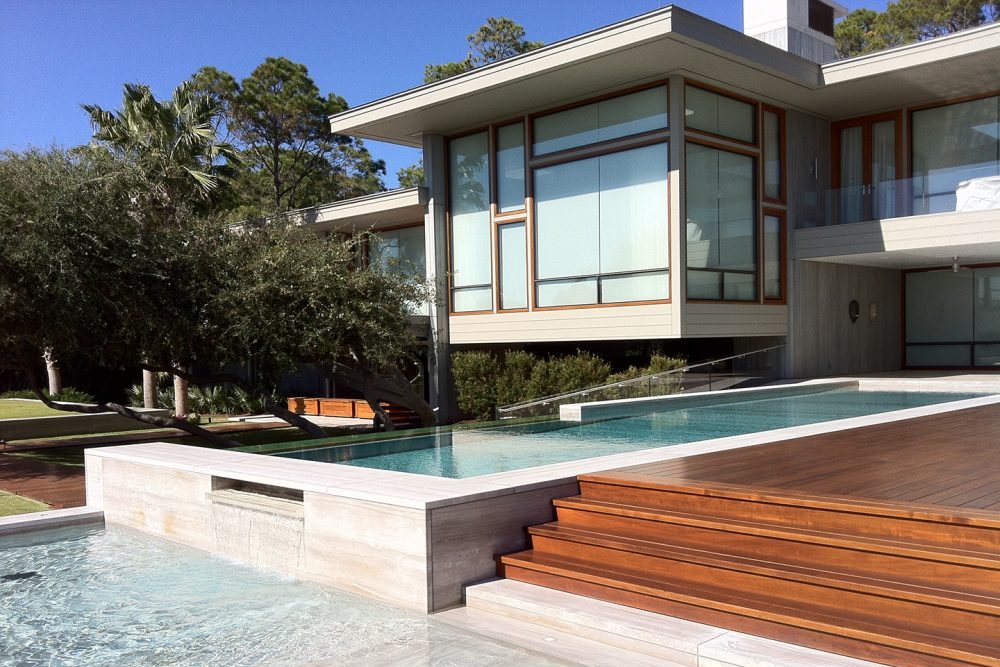
This oceanfront residence, of 12,000 sf and lowcountry-modern architectural design, is located within a high-end, private community on Hilton Head Island, SC. The architectural style (large cantilevers, vast expanse of glass and the distinct wall construction) demanded unique use of structural framing, including: concrete, steel and cross-laminated timber (CLT). At the time of construction considered to be one of the first uses of this type of decking system.
– architect’s personal challenge to eliminate exposed connections
– use of large single and double cantilever spans
– large span glass openings
– new product considerations with CLT/mass timber decking
– beach location necessitating hurricane loading requirements. One aspect of consideration for hurricane impact is the scour of the foundation. Designed with concrete auger cast foundation pile support, in the event of scour the house will still be secure.
– within the vicinity of Charleston, SC, seismic and liquefaction requirements were also accounted for

